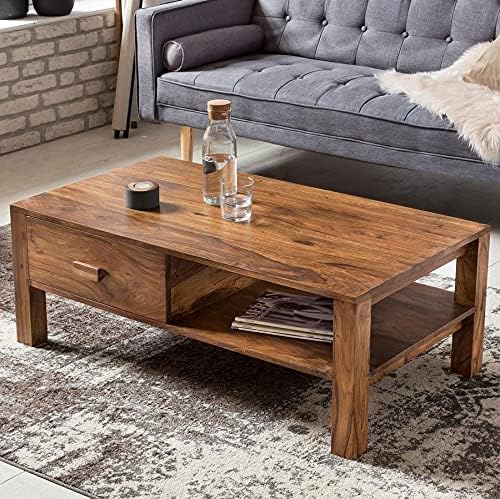Introduction:
In the modern era, technology's integration into our daily lives extends far beyond gadgets and devices. The convergence of technology, aesthetics, and furniture design has significantly redefined home and office environments. This intersection enhances functionality and enriches the visual and sensory experiences of spaces where people live and work. This article explores how this synergy is transforming our interiors and influencing contemporary lifestyle trends.
Technology Meets Furniture: Smart Living Spaces
The integration of technology into furniture design has revolutionized the concept of living spaces. Smart furniture, embedded with IoT (Internet of Things) technology, offers seamless connectivity and automation. For instance, smart sofas and beds now come with built-in USB ports, wireless charging pads, and even integrated speakers. These features ensure that users can stay connected and entertained without the clutter of additional devices and cables.
 |
| Wood Dressing Table |
In the kitchen, smart tables with touch screens and internet connectivity allow users to browse recipes, control smart appliances, and even manage grocery lists. These tables often feature sleek, minimalist designs that blend seamlessly with modern aesthetics, demonstrating how technology can enhance functionality without compromising on style.
Aesthetics and Functionality: The Dual Pillars of Modern Furniture Design
The aesthetic appeal of furniture is as crucial as its functionality. Contemporary furniture designers strive to create pieces that are not only practical but also visually pleasing. This dual focus has given rise to innovative designs that incorporate advanced materials and cutting-edge technology.
 |
| Side Table |
For example, height-adjustable desks and ergonomic chairs in office settings are designed to support health and productivity. These pieces often feature clean lines and sophisticated finishes, ensuring they complement the overall décor. Materials such as polished metals, tempered glass, and sustainable woods are frequently used to create a balance between durability and elegance.
The Rise of Minimalism and Multifunctionality
Minimalism, a design trend characterized by simplicity and a clutter-free aesthetic, has gained popularity in both home and office environments. This trend is supported by the integration of multifunctional furniture, which maximizes space and efficiency.
In-home environments and modular furniture systems offer flexibility and adaptability, allowing users to reconfigure their living spaces according to their needs. Sofas that transform into beds, coffee tables with hidden storage, and foldable desks are just a few examples of how multifunctional furniture can enhance both the form and function of a space.
 |
| Sofa Cum Bed for Home |
In offices, multifunctional furniture promotes a more dynamic and collaborative work environment. Desks that convert into standing workstations, mobile storage units, and
adaptable meeting tables support a variety of work styles and activities, fostering creativity and productivity.
Sustainable Design: The Future of Furniture
Sustainability is a growing concern in furniture design, with an increasing emphasis on eco-friendly materials and production methods. Technological advancements are enabling the creation of sustainable furniture without compromising on aesthetics or functionality.
 |
| Centre Piece for Living Room |
Recycled materials, such as reclaimed wood and repurposed metal, are being used to craft beautiful and durable furniture pieces. Additionally, innovations in manufacturing, such as 3D printing, allow for more efficient use of materials and reduction of waste. These sustainable practices not only contribute to environmental conservation but also appeal to the growing number of consumers who prioritize eco-friendly products.
The Impact on Home and Office Environments
The intersection of technology, aesthetics, and furniture is reshaping how we perceive and interact with our environments. In homes, this convergence creates spaces that are not only comfortable and stylish but also smart and efficient. Homeowners can enjoy a harmonious blend of convenience and design, enhancing their quality of life.
 |
Modern Desk |
In office settings, the integration of these elements fosters a more productive and engaging work environment. Employees benefit from ergonomic furniture and smart technologies that support their well-being and efficiency. Moreover, aesthetically pleasing workspaces can boost morale and creativity, leading to better overall performance.
Conclusion
The fusion of technology, aesthetics, and furniture is a testament to the evolving nature of interior design. As smart technologies become more prevalent and design trends continue to emphasize functionality and sustainability, the future of home and office environments looks increasingly sophisticated and user-friendly. This intersection not only addresses the practical needs of modern living and working but also enriches our daily experiences through innovative and beautiful design.



Comments
Post a Comment